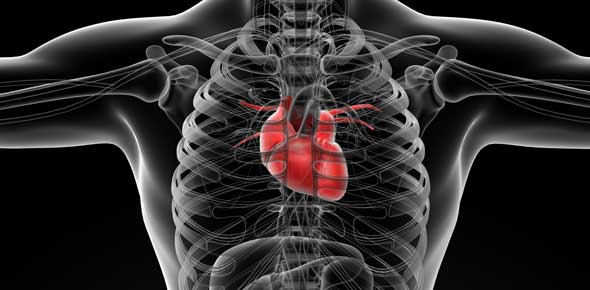Block 3 The Vessels Practice MCQ's - The Cardiovascular System (II)
- USMLE
- NBME
2.
We’ll put your name on your report, certificate, and leaderboard.










 Back to top
Back to top






